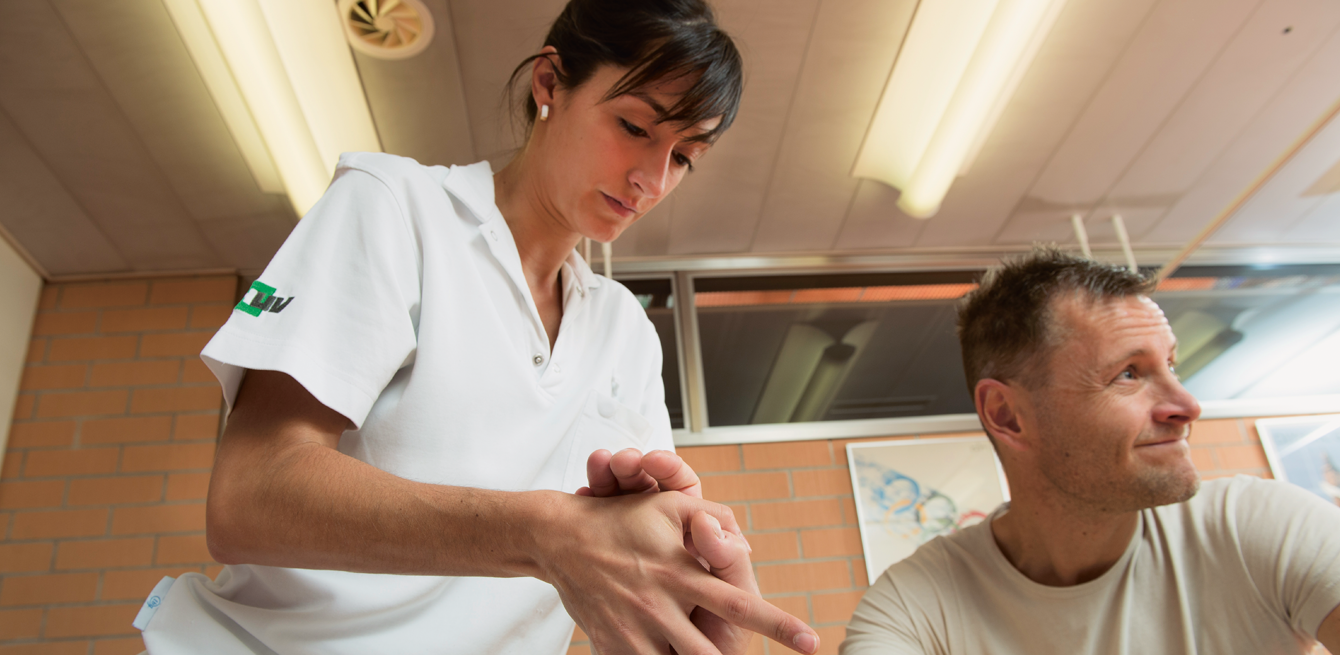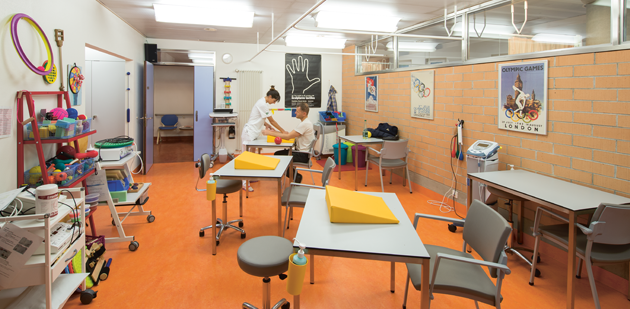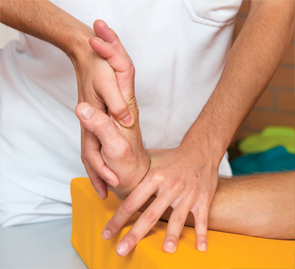
Barbara Balmelli, a physiotherapist, devotes her days to treating the most wonderful tool of all, the human hand.
For starters, let’s do a little exercise. Stretch your hand out in front of you. Then slowly move each finger while turning your wrist. Nothing extraordinary, right? Now, try to imagine all the parts and wiring it would take to reproduce those movements faithfully. Are you getting dizzy? That’s understandable. The human hand is an amazing and as yet unparalleled piece of work. It continues to fascinate all sorts of medical professionals, from doctors and health care providers to engineers. They have not yet managed to pierce the mystery of its 27 bones, some thirty muscles and countless nerve endings.
Unfortunately, the number of conditions and injuries that can affect our hands is equally impressive, including fracture, ligament tears, arthritis and tendinitis, to name just a few.
Even if the appropriate treatment comes in time, recovery is key. Our brain has the annoying habit of quickly neglecting an injured hand. This phenomenon, called “exclusion”, often complicates rehabilitation (loss of sensitivity, stiffness) and as a result the return to normal life. That’s why mobilisation should be started as early as possible. And that’s where the team of specialised physiotherapists from the Department of the Musculoskeletal System at the Lausanne University Hospital (CHUV) comes in. Barbara Balmelli is part of that team.

In the recovery process, the physiotherapist does not make decisions alone. Talking with the patient is vital for setting objectives, and the programme is determined jointly with the medical and support teams.
And this Ticino-born physiotherapist continues to be captivated by the hand. Yet, her career direction came about by coincidence after taking a training programme in Grenoble with a colleague four years ago. “What I liked first of all was the incredible passion that I felt from the teachers,” she says. “Not many professions focus that much attention to the subject, and we can’t settle for minimum service. The hand is an essential tool in our daily lives and a work tool for the vast majority of our patients. When it’s not working, it can rapidly compromise our independence,” she says. “Treating someone’s hand also creates a very special, almost intimate relationship, which I think is very precious.”
Barbara’s patients all have different objectives (playing sports again after an accident, going back to work after an inflammation or simply holding a pencil), but they all have to accept going to their sessions, which can last several weeks or even months. “What’s most important is regaining spontaneous movement and function,” Barbara Balmelli says. “That’s why we focus on the fun aspect, so that our patients no longer think about their movements. And we make sure that they can talk to each other and share their experiences. For someone like me who dislikes stillness, it’s the perfect environment!”

To regain strength, mobility and co-ordination, stimulation and exercises can vary widely from one patient to another.